Friday, the Fifth Circuit Court of Appeals struck down the Bureau of Alcohol, Tobacco, Firearms and Explosives (BATFE) rule outlawing so-called bump stocks. These devices harness the natural recoil of a semiautomatic rifle to comfortably and accurately increase its rate of fire. The BATFE ruled for nearly ten years that bump stocks did NOT convert a semiautomatic rifle into an automatic rifle. But in the aftermath of the 2017 Las Vegas shooting, where the gunman used a bump stock, President Trump directed the Attorney General to have the BAFTE change their previous legal opinions and ban the device.
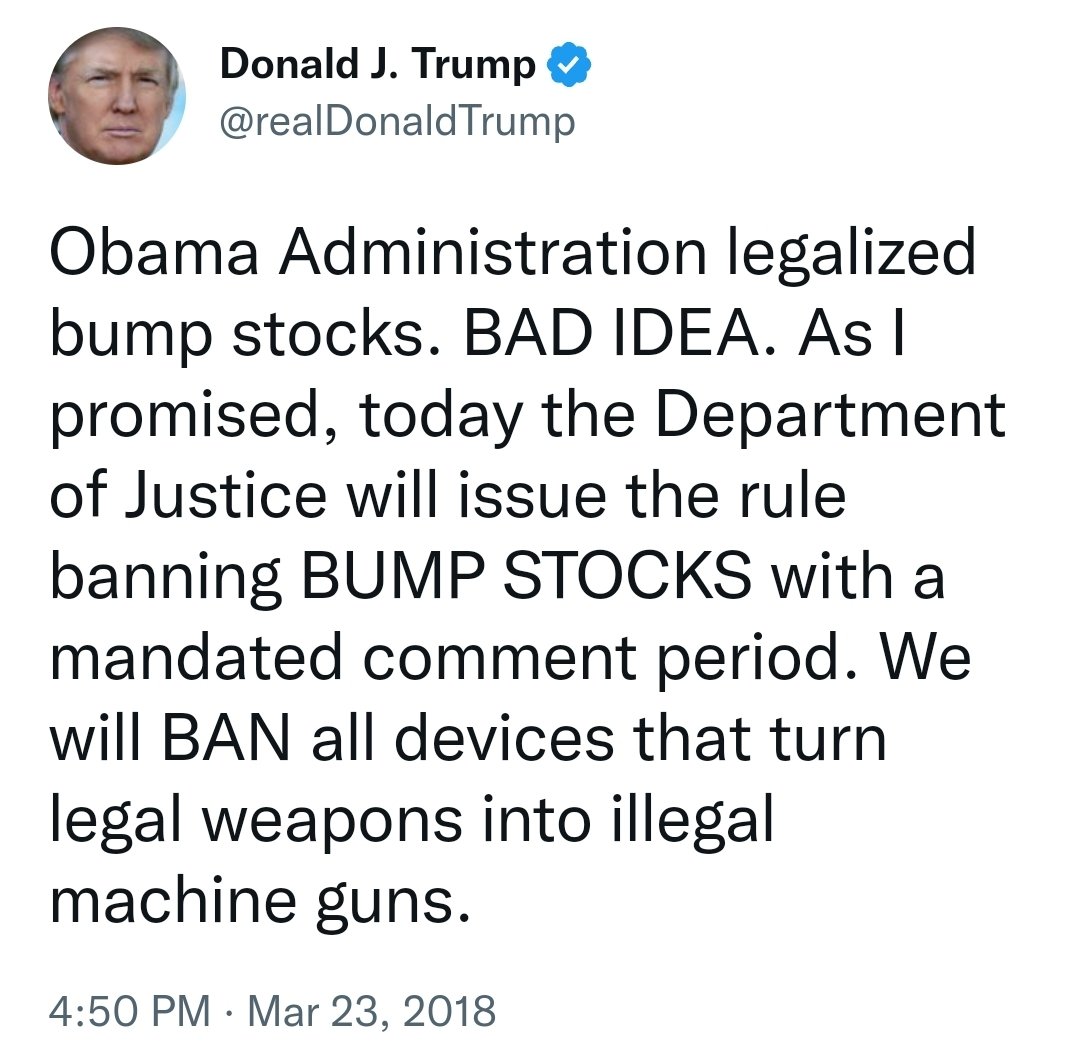
This video demonstrates how the device works.
Legal History
Gun Owners of America vs. Garland
In December 2018, Gun Owners of America (GOA) sued in the Western District of Michigan, asking for an injunction blocking enforcement. GOA lost at the District Court and appealed. A panel of the Sixth Circuit ruled in favor of GOA. The government appealed, requesting an en banc hearing. The full circuit split 8-8, leaving the trial court decision intact. You can find the Sixth Circuit decision at this link.
Guedes vs. BATFE
This case was filed in 2018 with the Firearms Policy Coalition as the lead plaintiff. Like the GOA, they asked for an injunction. The case was filed in the DC Circuit and heard by Judge Dabney Friedrich. They lost and appealed to the DC Circuit and lost there. In April 2019, they appealed to the US Supreme Court, which refused to hear the case. The case made it back to the DC Circuit, which rendered a final judgment in favor of the government in August 2022.
You can find the DC Circuit decision at this link.
Aposhian vs. Wilkinson
W. Clark Aposhian, head of the Utah Shooting Sports Council, sued for an injunction in March 2019. Aposhian lost at District Court. The Tenth Circuit ultimately upheld the bump stock ban. The Supreme Court refused to hear the case in October 2022.
You can find the Tenth Circuit decision at this link.
John Doe vs. Biden
This case comes from the Southern District of Illinois. The plaintiff alleges the BATFE decision was improperly issued under the Commerce Clause. The case failed at District Court, and a three-judge panel of the US Court of Appeals for the Federal District dismissed the case.
You can find the Federal Circuit decision at this link.
Other cases
At least two other cases remain active. Hardin vs. BATFE, from the Western District of Kentucky, and Lane vs. United States, from the Northern District of Texas. Hardin lost in District Court, and the Sixth Circuit will hear the appeal this month. The government tried and failed to have Lane dismissed. It was given a do-over, and the case is awaiting trial. The single ray of sunshine has been US v. Alkazahg. This case was by the Navy-Marine Corps Court of Criminal Appeals in a court-martial for a Marine convicted of multiple offenses. The government didn’t appeal because they had their conviction, and it was not a precedent. There are at least two challenges to the regulation based on the “takings” provision of the Fourth Amendment. They haven’t gained much traction, and I think they are long shots.
This brings us to the case at hand.
Cargill vs. Garland
Guns rights activist Michael Cargill sued for an injunction in 2019 in the Western District of Texas. He lost at District Court and appealed to the Fifth Circuit. A unanimous panel ruled against him in December 2021. Cargill asked for an en banc rehearing, and it was granted.
The full Fifth Circuit ruled 13-3 that a bump stock can’t be regulated as an automatic weapon because it does not make a firearm fit the legal definition of such, and the BATFE has long agreed with that position. This is George W. Bush appointee Jennifer Walker Elrod writing for the majority.
A bump stock is a firearm attachment that allows a shooter to harness the natural recoil of a semi-automatic weapon to quickly re-engage the trigger after firing, enabling him to shoot at an increased rate of speed. When ATF first considered the type of bump stocks at issue here, it understood that they were not machineguns. ATF maintained this position for over a decade, issuing many interpretation letters to that effect to members of the public.
…
The Government’s regulation violates these principles [Editor’s note: the principle is making rules that fall within the plain reading to the statute]. As an initial matter, it purports to allow ATF—rather than Congress—to set forth the scope of criminal prohibitions. Indeed, the Government would outlaw bump stocks by administrative fiat even though the very same agency routinely interpreted the ban on machineguns as not applying to the type of bump stocks at issue here. Nor can we say that the statutory definition unambiguously supports the Government’s interpretation. As noted above, we conclude that it unambiguously does not. But even if we are wrong, the statute is at least ambiguous in this regard. And if the statute is ambiguous, Congress must cure that ambiguity, not the federal courts.
This creates a split between circuits, and it is hard to see how the Supreme Court avoids hearing the case.
Despite the losing record of the challenges to the bump stock rule, I think we have a lot of reason to be hopeful when this arrives in Court. First and foremost, the BATFE, under pressure from Trump, criminalized possession of a previously legal firearm attachment. The law describing an automatic weapon did not change, but an administration crapping its drawers trying to respond to the Las Vegas shooting — by the way, what was the gunman’s motive? Will we ever know? — ordered a change to the regulation. The other circuits have said, in essence, that BATFE, as the expert agency, is owed great deference in writing regulations, even when they are purely political. As the Fifth Circuit points out, while it thinks the issue is obvious, it is up to Congress to make it so if the issue is not clear-cut. It is not the job of the BATFE to create its own laws.
Decision
Cargill vs. Garland by streiff on Scribd




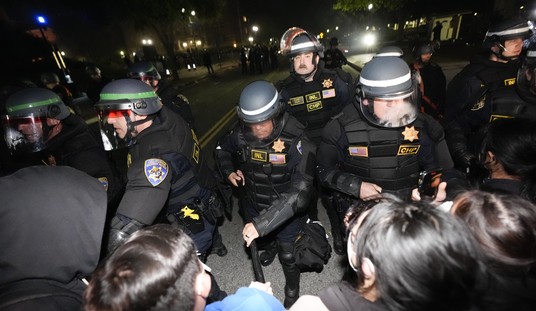

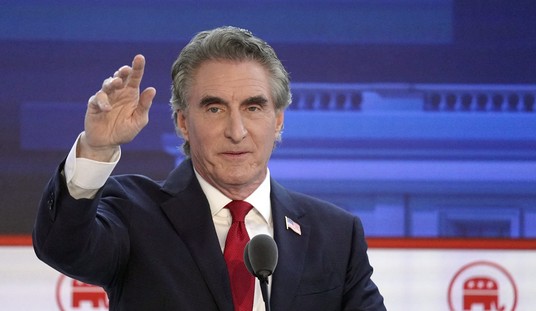



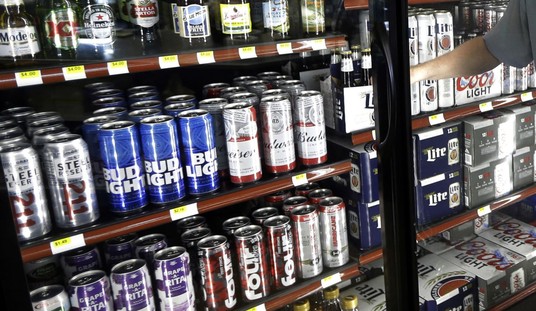

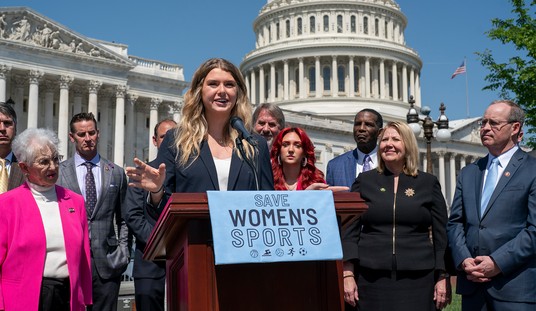
Join the conversation as a VIP Member